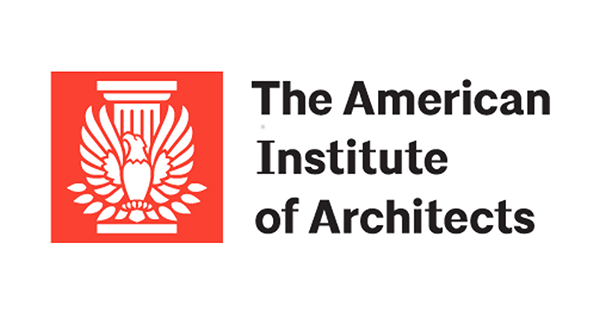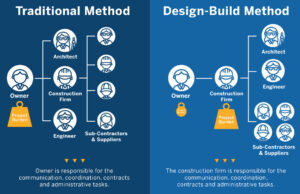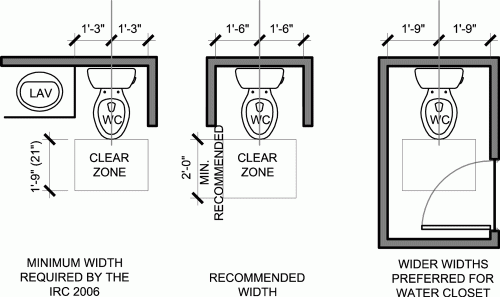Understanding AIA Contract Documents: Foundation of Fair and Proven Agreements in the A/E/C Industry
The American Institute of Architects (AIA) Contract Documents are among the most widely used legal agreements in the architecture, engineering, and construction (A/E/C) industry. These contracts provide a comprehensive framework to protect the rights and responsibilities of all parties involved in a construction project.
A Longstanding History of Industry Trust
The AIA began publishing standard contract forms in 1888. These documents quickly became the industry benchmark for fairness and clarity. Over 130 years later, professionals still trust AIA contracts for their consistency, legal rigor, and ease of use.
The AIA updates its contract documents regularly to reflect new laws, technologies, and best practices. Each update incorporates feedback from attorneys, architects, engineers, contractors, insurers, and owners.
Who Uses AIA Contract Documents?
AIA contracts are ideal for architects, engineers, contractors, developers, consultants, and owners. These documents help define roles, outline deliverables, and allocate risk.
Because of their flexibility, AIA documents support various project types and sizes—from residential remodels to billion-dollar commercial developments.
Users can choose from a broad library of documents to fit traditional, Design/Build, Construction Manager as Constructor (CMc), and Integrated Project Delivery (IPD) projects.
Breadth and Depth of Contract Offerings
The AIA offers over 180 standard forms and agreements. These include:
-
Owner-Architect Agreements (B-Series)
-
Owner-Contractor Agreements (A-Series)
-
Consultant Agreements (C-Series)
-
Design/Build Contracts (D-Series)
-
Program Management Documents (E-Series)
-
Sustainable Projects Contracts (E-Series Green)
Each document suite includes associated forms like payment applications, change orders, and certificates of substantial completion.
These standardized forms simplify complex relationships and help prevent disputes through well-defined scopes and expectations.
Why AIA Contracts Are Legally Robust
Courts across the U.S. have upheld AIA contract language. Because of this legal history, many attorneys view AIA documents as industry gold standards.
The language balances the interests of all parties. It clarifies liability, insurance requirements, payment processes, and dispute resolution methods.
Case law interpreting AIA documents adds additional predictability. When disputes arise, courts already understand and respect the AIA contract framework.
Benefits of Using AIA Contract Documents
-
Fair and Balanced Language:
Contracts protect all parties, not just one side. -
Standardized Forms:
Reduce legal costs and save time during negotiations. -
Legal Consistency:
Case law helps clarify and enforce terms predictably. -
Frequent Updates:
The AIA regularly revises documents to reflect new laws and best practices. -
Digital Access:
Online services like AIA Contract Documents Online Service allow users to draft, edit, and share contracts easily.
Customization and Flexibility
While standardized, AIA documents are editable. Users can add or delete terms through addenda or supplementary conditions.
This flexibility allows firms to tailor contracts to specific projects or risks without starting from scratch.
For advanced users, the AIA also offers Microsoft Word versions to support in-depth edits.
Conclusion
Understanding AIA Contract Documents is key for a proven legal foundation for construction projects. Their clarity, flexibility, and industry recognition help build successful and trustworthy partnerships. Whether you are an architect, owner, or contractor, AIA contracts offer valuable protection and project guidance.










